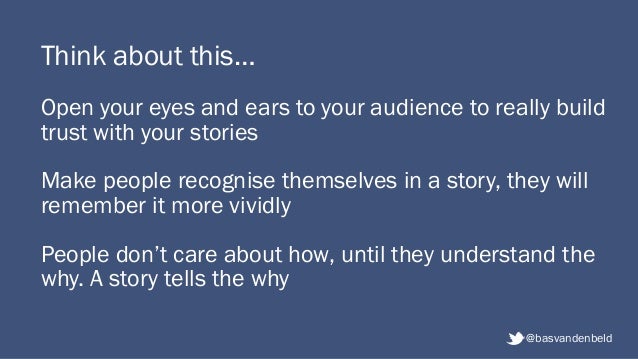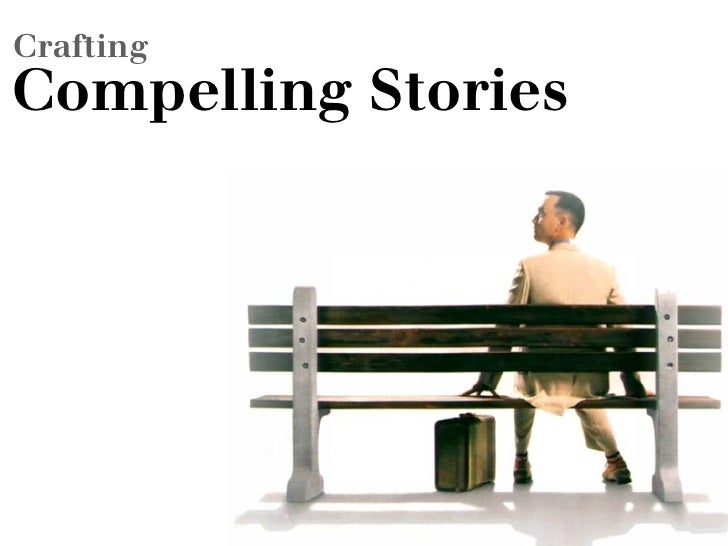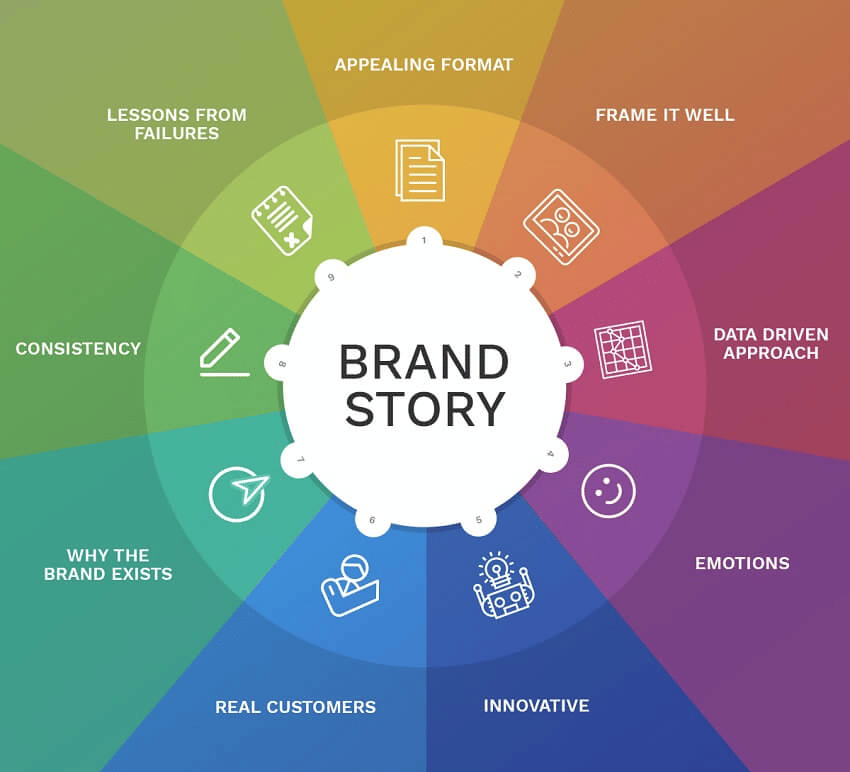Unlocking the Power of "Why": Crafting a Compelling Narrative for Your Single-Story Home

As an architect and interior design expert, I’ve seen firsthand how a well-crafted narrative can transform a simple house into a cherished home. Understanding the "why" behind your product or service is crucial to connecting with your ideal customer. This "why" isn’t just about listing features; it’s about weaving a story that resonates with their needs, aspirations, and desires.
Let’s delve into the unique aspects of a single-story home and how to effectively communicate its value to potential buyers:

1. Understanding Your Ideal Customer:
Before we dive into features and benefits, let’s define your ideal customer. This is the foundation for crafting a targeted message. Consider factors like:
- Age: Are they young families, empty nesters, or retirees?
- Lifestyle: Are they active, seeking low-maintenance living, or prioritize accessibility?
- Values: Do they value sustainability, modern design, or traditional aesthetics?
- Budget: What is their price range and what are their financial priorities?



2. Identifying the Key Features of a Single-Story Home:
Single-story homes offer a unique set of features that appeal to a diverse range of buyers. Here are some key aspects to highlight:

- Accessibility and Convenience: Single-story living eliminates stairs, making it ideal for families with young children, seniors, and individuals with mobility limitations.
- Low Maintenance: Fewer levels translate to less cleaning, yard work, and general upkeep, freeing up time for other pursuits.
- Open Floor Plans: Single-story homes often feature open floor plans that encourage flow and connection between living spaces, fostering a sense of community and togetherness.
- Outdoor Living: A single-story design allows for seamless integration of indoor and outdoor spaces, creating a perfect environment for entertaining or simply enjoying the fresh air.
- Energy Efficiency: With less surface area to heat or cool, single-story homes can be more energy-efficient, leading to lower utility bills.
- Safety: The absence of stairs reduces the risk of falls, making it a safer option for families with young children or seniors.




3. Transforming Features into Benefits:
While features are important, it’s the benefits they provide that truly resonate with buyers. Here’s how to translate features into compelling benefits:
Feature: Accessibility and Convenience

Benefit: Imagine the joy of a child running freely through your home without the worry of stairs. Or picture yourself effortlessly moving about, enjoying your golden years without limitations.
Feature: Low Maintenance

Benefit: Say goodbye to weekend chores! Spend more time with loved ones, pursue your passions, or simply relax and enjoy your home.
Feature: Open Floor Plans
Benefit: Foster a sense of connection and togetherness, creating a welcoming space for family gatherings, entertaining guests, or simply enjoying the company of loved ones.

Feature: Outdoor Living
Benefit: Embrace the outdoors! Extend your living space, create a haven for relaxation and entertainment, and enjoy the beauty of nature from the comfort of your home.
Feature: Energy Efficiency
Benefit: Save money and contribute to a greener planet. Enjoy lower utility bills and a reduced environmental footprint.
Feature: Safety
Benefit: Provide peace of mind and a secure environment for your family, especially young children and seniors.
4. Telling a Story that Resonates:
Beyond features and benefits, you need to create a narrative that connects with your ideal customer’s emotions and aspirations. Here are some storytelling techniques:
- Empathy: Understand your customer’s challenges and desires. Are they seeking a home that reflects their values, provides a sense of community, or offers a safe and comfortable haven?
- Visual Storytelling: Use high-quality images and videos to showcase the lifestyle your home offers. Capture moments of joy, connection, and relaxation.
- Testimonials: Share stories from satisfied customers who have experienced the benefits of single-story living firsthand.
- Emotional Appeal: Appeal to your customer’s desire for comfort, convenience, security, and connection.
5. Addressing Potential Objections:
Be prepared for potential objections, such as:
- Limited Space: Address this by showcasing how smart design can maximize space and create a sense of openness.
- Lack of Privacy: Highlight the privacy features of your homes, such as well-designed layouts and landscaping.
- Higher Initial Cost: Emphasize the long-term savings associated with low maintenance and energy efficiency.
6. The Power of "Why":
The "why" behind your product or service is the driving force behind your marketing efforts. It’s the emotional connection that differentiates you from the competition.
For a single-story home, the "why" could be:
- A home that grows with your family: A safe and accessible space for every stage of life.
- A haven for relaxation and connection: A place to unwind, entertain, and create lasting memories.
- A responsible choice for the future: A sustainable and energy-efficient home that benefits both you and the environment.
Conclusion:
By understanding your ideal customer, highlighting the unique features and benefits of a single-story home, and weaving a compelling narrative, you can effectively communicate the value of your product and inspire potential buyers to make an informed purchasing decision. Remember, it’s not just about selling a house; it’s about selling a lifestyle, a sense of belonging, and a place where dreams come true.
.jpg)
